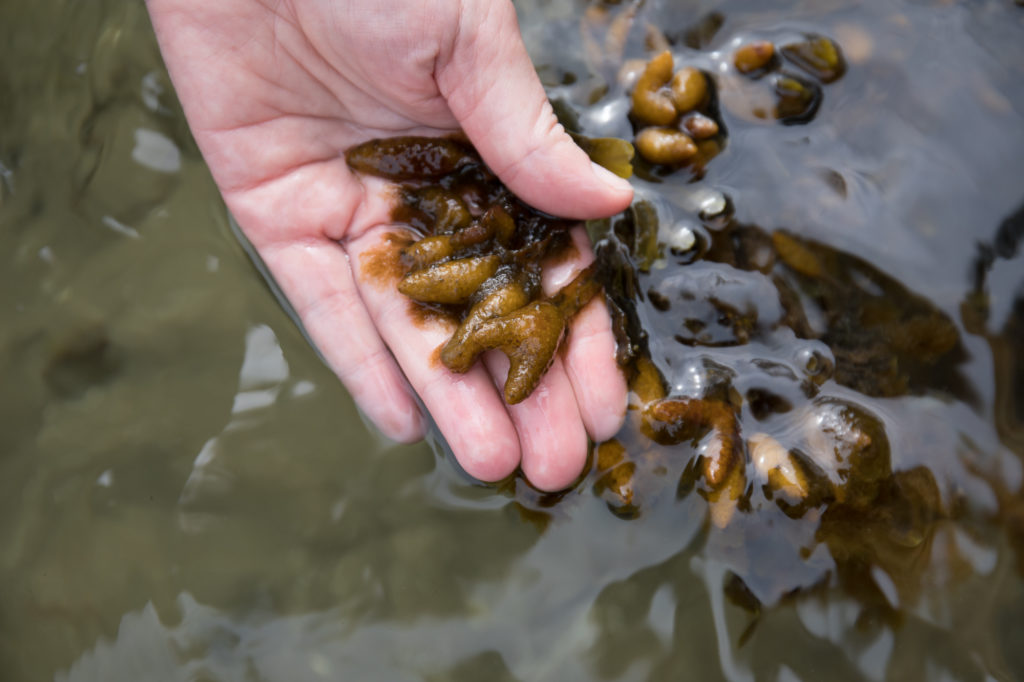
The Gypsym Island 2050 – launch of the fictive travel guide ‘A Guide to Zero-Carbon Skåne’ by Climaginaries
Time travel is great fun, and quite safe. Though it is possible to travel alone, we recommend to do it together. This is definitely an experience you would want to share with others. If you are not sure where to go, there is now a travel guide to inspire you.
The Humus economicus research team has contributed with a text to the fictive travel guide “A Guide to Zero-Carbon Skåne”, set in 2050 in the south of Sweden. The travel guide draws inspiration from the so-called “golden age” of tourism in the late 1900s. While the guide is entirely fictional, the fictions which it contains are nonetheless based on research and all of the locations are real places in Skåne. The project has been initiated by the Climaginaries research network and is an example of what they call “a creative technique of futuring”, a way of exploring the possibilities of the times ahead with and for a wide, non-specialist audience. The travel guide was launched on April 18, 2023.
This mode of “narrative prototyping” is great fun, and we gladly accepted the invitation to time travel. Humus economicus was invited by Eléonore Fauré from Climaginaries, because of our previous work on Gipsön, the Gypsum Island, which includes field work, writing, presentations, and the film “To Wash an Island” (work-in-progress). Together with Fauré we have continued to speculate and imagine im/possible futures, which resulted in the co-written chapter “From toxic dump to ceremonial site: the remediation of Gipsön. A special report on visiting the fascinating Multispecies Heritage and Reconnection Ceremony, by Elinna Fabelholm“, accompanied by the short article “Gipsön”.
Positive and negativ events mingled with entertaining fun facts. New activist movements emerged in response to green washing and a group of Slow Carers has started to care for the landfill at sea, while artists have initiated bioremediation projects and a sea garden on the island. Strange coincidences have made the former dumping ground a tourist attraction.
While finalized by Janna Holmstedt, Eléonore Fauré and Malin Lobell, this piece of fiction has been nurtured by the collaborative process in the Humus Economicus research team.
Visit Gipsön with us, as we imagine it around 2050!


